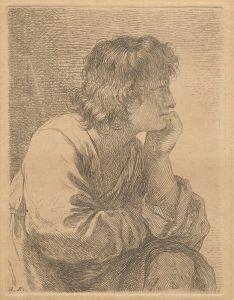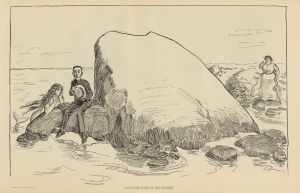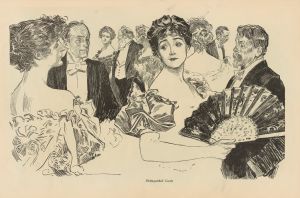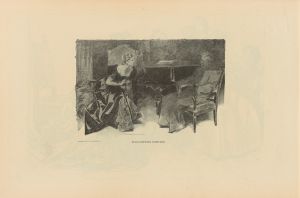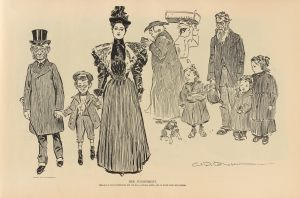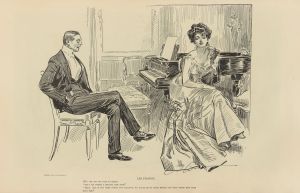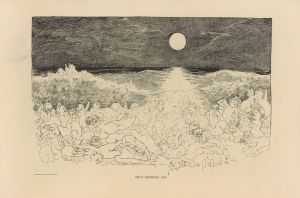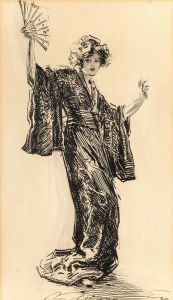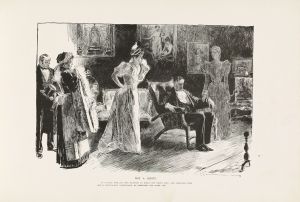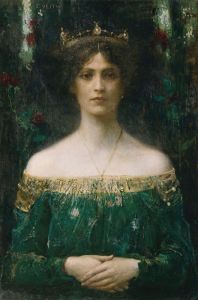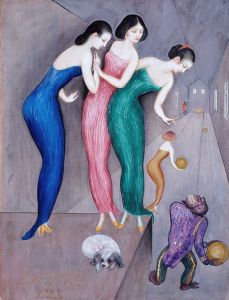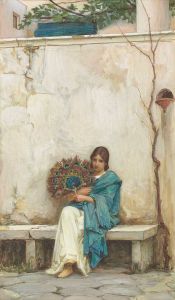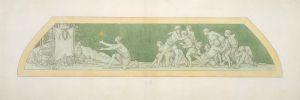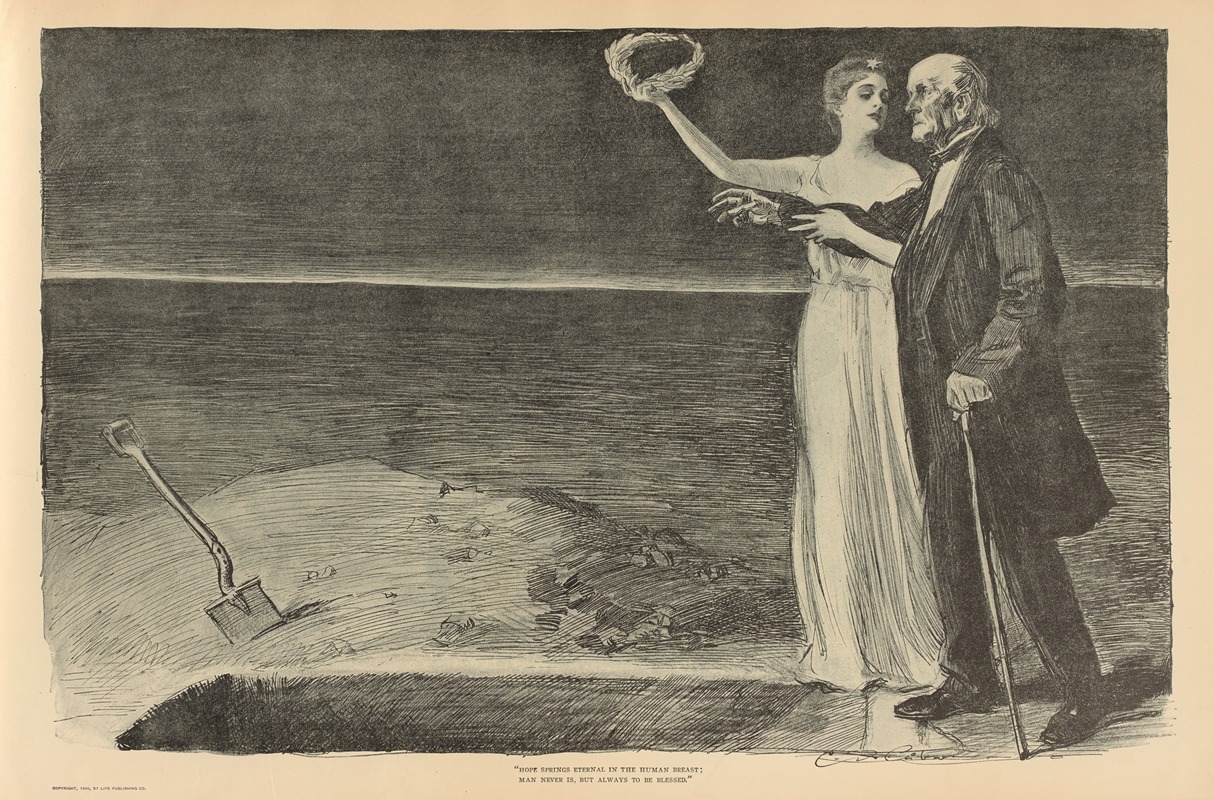
Hope springs eternal in the human breast
A hand-painted replica of Charles Dana Gibson’s masterpiece Hope springs eternal in the human breast, meticulously crafted by professional artists to capture the true essence of the original. Each piece is created with museum-quality canvas and rare mineral pigments, carefully painted by experienced artists with delicate brushstrokes and rich, layered colors to perfectly recreate the texture of the original artwork. Unlike machine-printed reproductions, this hand-painted version brings the painting to life, infused with the artist’s emotions and skill in every stroke. Whether for personal collection or home decoration, it instantly elevates the artistic atmosphere of any space.
"Hope Springs Eternal in the Human Breast" is an illustration created by the American artist Charles Dana Gibson. Gibson, born on September 14, 1867, and passing away on December 23, 1944, was a prominent illustrator during the late 19th and early 20th centuries. He is best known for his creation of the "Gibson Girl," an iconic representation of the independent and fashionable American woman of that era.
The illustration "Hope Springs Eternal in the Human Breast" was published in 1904. It is one of Gibson's many works that capture the social dynamics and cultural attitudes of his time. The title of the piece is derived from a line in Alexander Pope's poem "An Essay on Man," which reflects the enduring optimism and resilience of the human spirit.
In this particular illustration, Gibson depicts a scene that is both poignant and humorous. The central figure is a young woman, elegantly dressed in the style of the early 20th century, who appears to be waiting for something or someone with a hopeful expression. Surrounding her are various other characters, each engaged in their own activities, yet seemingly oblivious to her presence. The composition and the expressions of the characters convey a sense of anticipation and the universal theme of hope.
Gibson's technique in this illustration, as in many of his works, showcases his mastery of pen and ink. His detailed line work and ability to capture subtle expressions and gestures contribute to the overall impact of the piece. The illustration reflects Gibson's keen observation of human nature and his ability to translate those observations into compelling visual narratives.
Charles Dana Gibson's work, including "Hope Springs Eternal in the Human Breast," played a significant role in shaping American popular culture during his lifetime. His illustrations were widely published in magazines such as Life, Harper's Weekly, and Collier's, reaching a broad audience and influencing public perceptions of beauty, fashion, and social norms.
The "Gibson Girl" became a cultural phenomenon, symbolizing the idealized American woman who was both independent and refined. While "Hope Springs Eternal in the Human Breast" does not feature the archetypal Gibson Girl, it nonetheless embodies the same attention to detail and social commentary that characterized much of Gibson's work.
Today, Charles Dana Gibson's illustrations are appreciated not only for their artistic merit but also for their historical significance. They provide a window into the social and cultural landscape of early 20th-century America, capturing the aspirations, anxieties, and everyday experiences of the people of that time.
In summary, "Hope Springs Eternal in the Human Breast" is a notable work by Charles Dana Gibson that exemplifies his skill as an illustrator and his ability to convey complex human emotions through his art. The piece remains a testament to the enduring power of hope and the timeless nature of Gibson's observations on the human condition.





